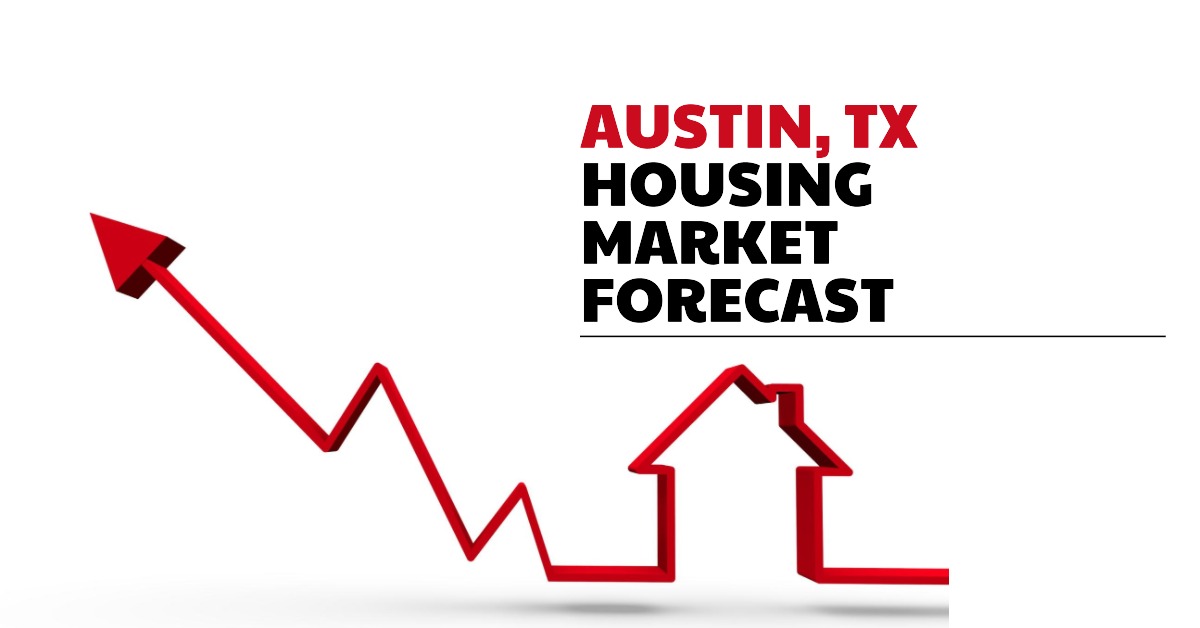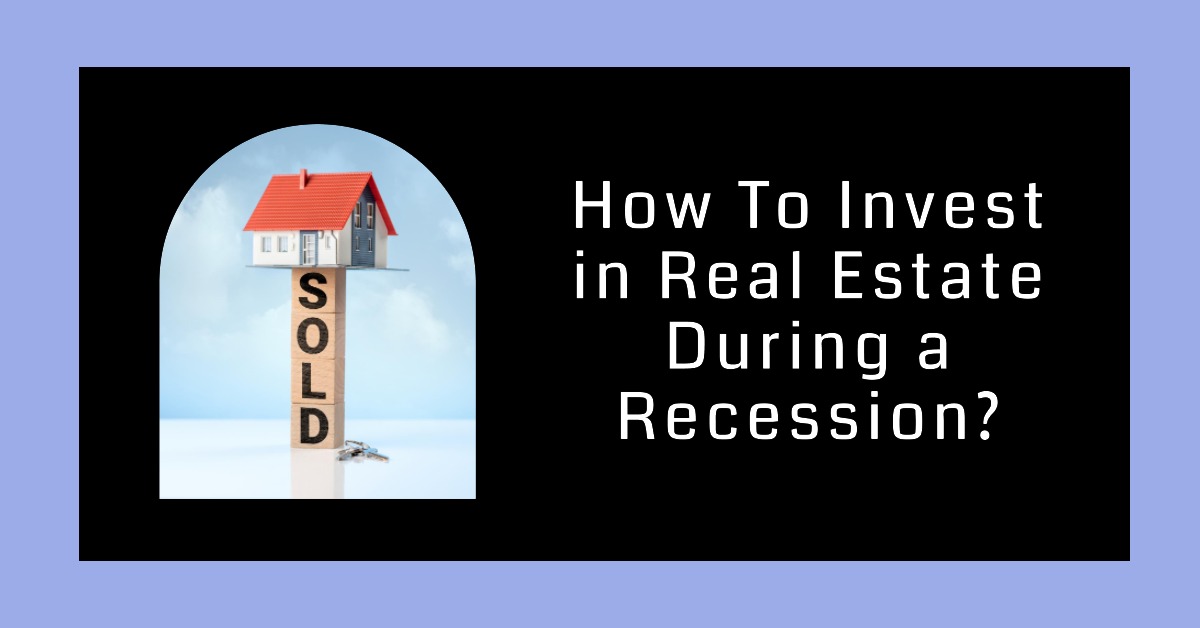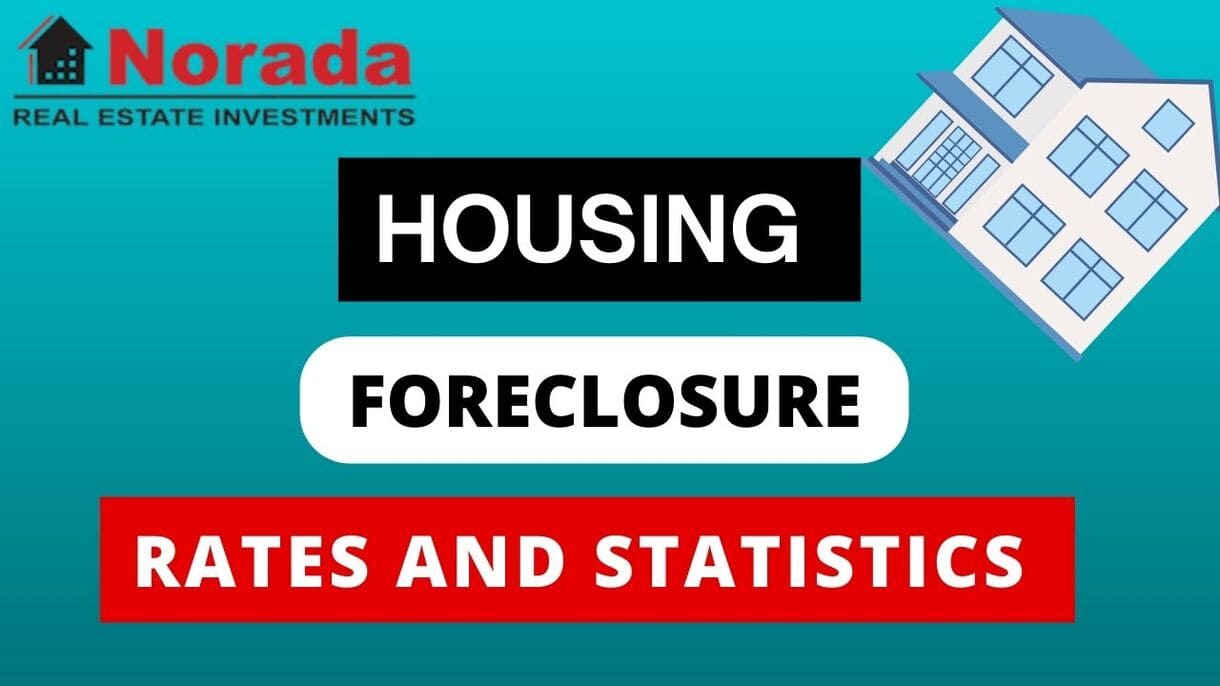The Austin housing market is showing signs of cooling, with a notable drop in closed sales and median sales price, suggesting a shifting balance towards buyers, though inventory still needs to catch up. This past November felt like a bit of a deep breath after a period of intense activity. We're not seeing the frenzied bidding wars that were commonplace just a year or two ago. Instead, things are settling into a more predictable rhythm, which, for many, is actually a good thing.
Let's dive into what the numbers are telling us, and more importantly, what it means for anyone looking to buy or sell in Austin.
Austin Housing Market Update and Trends
Home Sales: A Noticeable Slowdown
One of the most striking figures based on November 2025 data from Unlock MLS & ABoR is the 15.9% drop in closed sales, bringing the total to 1,895. This is a significant year-over-year decrease. What does this tell me? It suggests fewer homes are changing hands compared to last year. This isn't necessarily a bad sign, but it points to a market that's not as hot as it was. Buyers might have a bit more breathing room, and sellers might need to adjust their expectations.
The sales dollar volume also saw a decrease of 14.5%, totaling $1.07 billion. This aligns with the drop in closed sales, indicating that the total value of homes sold is down.
Home Prices: A Slight Dip, But Still Elevated
The median sales price for homes in the Austin-Round Rock-San Marcos MSA was $430,000 in November 2025, showing a slight decrease of 1.1% compared to the previous year. While this is a dip, it’s crucial to remember that prices are still considerably higher than they were a few years ago. This gentle decline could be interpreted as the market finding its footing rather than experiencing a crash. For buyers, this might present a more opportune moment to enter the market, possibly with less competition and slightly more negotiation power. However, it's not a buyer's free-for-all yet; prices are still firm.
Housing Supply: Signs of Improvement for Buyers
This is where things get interesting. The months of inventory rose to 6.3 months, a significant increase of 1.5 months year-over-year. For context, a balanced market typically has 4-6 months of inventory. This increase suggests that the supply of homes is growing, which is generally good news for buyers. When there are more homes available, buyers have more choices and less pressure to make rushed decisions.
On the listing side, we saw 11,926 active listings, a considerable increase of 11.2%. This means more homes are on the market and staying there longer. New listings, however, saw a slight dip of 3.1%, with 2,477 new homes hitting the market. This could indicate that while inventory is growing, the rate at which new homes are being added has slowed a bit.
Looking at pending sales, there was a 4.5% increase, with 2,269 homes under contract. This is a positive sign, showing continued buyer interest and activity, even with the overall slowdown in closed sales.
Market Trends: Shifting Towards a Buyer's Advantage (with caveats!)
Based on this data, I’d say the Austin housing market is leaning more towards a buyer's market, or at least a more balanced one, compared to the seller's dominance of previous years.
Here’s a breakdown of what I’m seeing:
- Average Days on Market: Homes are taking longer to sell, with the average days on market now at 79 days, an increase of 13 days year-over-year. This gives buyers more time to consider their options and negotiate.
- Average Close to List Price: The average sale price is coming in at 91.7% of the list price, down from 92.5% in November 2024. This indicates that sellers are becoming more agreeable to offers below their initial asking price, another strong indicator of a buyer’s advantage.
My take: While it's not the cutthroat seller's market of yesteryear, it’s also not a buyer's paradise where you can get houses for a song. Instead, it feels like a more rational, predictable market. Sellers need to be realistic with their pricing and presentation, and buyers have an opportunity to negotiate more effectively.
Here's a quick look at the key metrics:
| Metric | November 2025 Data | Year-over-Year Change | My Interpretation |
|---|---|---|---|
| Median Sales Price | $430,000 | ↓ 1.1% | Slight decrease, market stabilizing. |
| Closed Sales | 1,895 | ↓ 15.9% | Significant drop, fewer transactions. |
| Sales Dollar Volume | $1.07 Billion | ↓ 14.5% | Reflects fewer sales and slightly lower prices. |
| Months of Inventory | 6.3 Months | ↑ 1.5 Months | Growing supply, good for buyers, signs of balance. |
| Active Listings | 11,926 | ↑ 11.2% | More homes available, more choice. |
| New Listings | 2,477 | ↓ 3.1% | Slower pace of new homes entering the market. |
| Pending Sales | 2,269 | ↑ 4.5% | Continued buyer interest and activity. |
| Average Days on Market | 79 Days | ↑ 13 Days | Homes taking longer to sell, more buyer control. |
| Avg. Close to List Price | 91.7% | ↓ 0.8% (vs 92.5%) | Sellers more open to offers below asking price. |
Austin Home Price Forecast for 2026: Will Prices Drop?
After diving into the November 2025 data, a natural question on everyone's mind is: what’s next for Austin’s housing market? Will prices continue to dip? Will a crash be heading our way? It’s a complex picture, and a simple “yes” or “no” doesn't quite capture the nuances. My read? A significant crash is unlikely, but expect continued moderation and potential price stabilization, possibly with slight dips in some areas, rather than a widespread freefall.
The data from late 2025 paints a picture of a market that's recalibrating. We're seeing slower sales and a shift towards more inventory, which naturally puts downward pressure on prices. However, Austin’s fundamental strengths – its booming tech sector, growing population, and desirable lifestyle – are powerful counterbalances that tend to support home values.
Will Home Prices Drop in Austin in 2026?
My professional opinion is that some localized price adjustments are probable throughout 2026, but a dramatic, across-the-board price drop is less likely. Here’s why I believe this:
- Still High Demand (Underlying): While affordability has been a challenge, Austin remains a magnet for talent and businesses. The underlying demand for housing, especially in desirable locations and for well-maintained homes, is still strong. This inherent demand acts as a floor for prices.
- Affordability as a Constraint: The rapid price appreciation of previous years has pushed many potential buyers to the sidelines. As prices moderate, we might see some of these buyers re-enter the market, providing a stabilizing force.
- Interest Rate Environment: While it's impossible to predict precisely, if interest rates remain elevated or only see modest decreases, this will continue to temper demand and price growth. Buyers are more sensitive to monthly payment than ever before.
- Inventory Growth: As we saw in the November 2025 data, months of inventory are increasing. While this is good for buyers, if inventory continues to creep up substantially without a corresponding increase in demand, it could lead to more price pressure to move those homes.
So, instead of a widespread “drop,” I anticipate more of a price stabilization or potentially minor declines in less sought-after areas or for properties that are overpriced or in poor condition. The market will likely become more segmented, with well-positioned homes holding their value better than others.
Will Austin's Housing Market Crash?
A “crash” typically implies a rapid and significant decline in home values, often driven by economic collapse, overbuilding, or widespread foreclosures. I don't see the conditions for a true crash in Austin for 2026.
- Limited Oversupply: While inventory is up, we’re not seeing a glut of new construction that hasn’t been absorbed, which was a hallmark of past market crashes.
- Sustained Job Growth: Austin’s economy, particularly its tech sector, has shown resilience. While there might be industry-specific adjustments, the city isn't facing the kind of widespread economic devastation that would trigger mass foreclosures and a market collapse.
- Lender Conservatism: Lending standards are generally tighter now than they were before previous major downturns, meaning fewer subprime or overly risky loans are on the books.
Instead of a crash, I foresee a market correction or normalization. This means prices might come down from their peak, but not in a way that causes widespread panic or financial distress for most homeowners. It's more about the market returning to a more sustainable growth trajectory.
Possible Forecast for End of 2026 and Early 2027
Forecasting can be a tricky business, but drawing on current trends and economic indicators, here’s what I’m thinking for the near future:
Rest of 2026:
- Continued Buyer Negotiation Power: I expect buyers will continue to have a relatively strong position, with more options and opportunities to negotiate prices and terms.
- Slightly Longer Selling Times: Homes will likely continue to take longer to sell on average than in the peak market years.
- Inventory Stabilization: While inventory might still be higher than the ultra-low levels of the past, I anticipate the rapid growth we’ve seen might slow down, leading to a more stable, albeit still healthy, supply.
- Price Trends: Median sales prices might continue to see slight year-over-year decreases or flat performance in the first half of 2026, potentially stabilizing or seeing very modest gains in the latter half as demand begins to absorb some of the increased inventory. The average close-to-list price might tick up slightly from the 91.7% mark if sellers start holding firmer on prices.
Early 2027:
- Potential for Renewed Buyer Interest: If interest rates offer any significant relief or if the economy shows robust growth, we could see increased buyer activity.
- Price Growth Re-emergence: This could lead to a return of modest price appreciation. It’s unlikely to be the double-digit growth seen in the past, but rather a steady, sustainable increase. Think in the low single digits (2-4%).
- Inventory Slowly Declining: As sales pick up and new listings perhaps moderate, the months of inventory might start to tick down slightly from its peak.
- A More Balanced Market: By early 2027, I believe the Austin market will likely settle into a more balanced state – not a strong seller’s market, but also not an overt buyer’s market. This is often considered a healthier market for long-term stability and growth.
Key Takeaways for 2026 and Early 2027:
- Don't expect a crash. Austin's underlying economic strengths offer significant support.
- Expect continued moderation. Prices may see slight drops or flatness in certain segments, but overall stability is more probable.
- Buyers have leverage, but should still be prepared to act decisively on good opportunities.
- Sellers need to be realistic with pricing and expectations.
- The market is returning to normalcy. This is a good thing for long-term health and affordability.
The Austin housing market is a dynamic entity, influenced by national economic trends, local job growth, and interest rate fluctuations. While the days of breakneck appreciation might be behind us for now, it’s still a highly desirable place to live, and its housing market reflects that resilience. Keep an eye on these trends, and always consult with local real estate professionals for the most current and localized advice.
Build Wealth with Turnkey Real Estate — Even in a High-Rate Market
High interest rates don’t have to hold you back. Turnkey rental properties still deliver steady cash flow and long-term appreciation—especially in markets with strong rental demand and job growth.
Work with Norada Real Estate to identify profitable, cash-flowing markets that thrive even when borrowing costs rise—so your investments stay strong and stress-free.
NEW TURNKEY DEALS JUST ADDED!
Talk to a Norada investment counselor today (No Obligation):
(800) 611-3060
Recommended Read:
- Austin Real Estate Market Forecast 2025 to 2030
- Is The Austin TX Housing Market in Big Trouble?
- Will the Austin Housing Market Crash?
- Is the Austin Housing Market Shifting? Here's What Experts Say
- Austin House Prices Are ‘Going Back To Normal’
- Austin Housing Market is Losing Homebuyers to Other Cities





